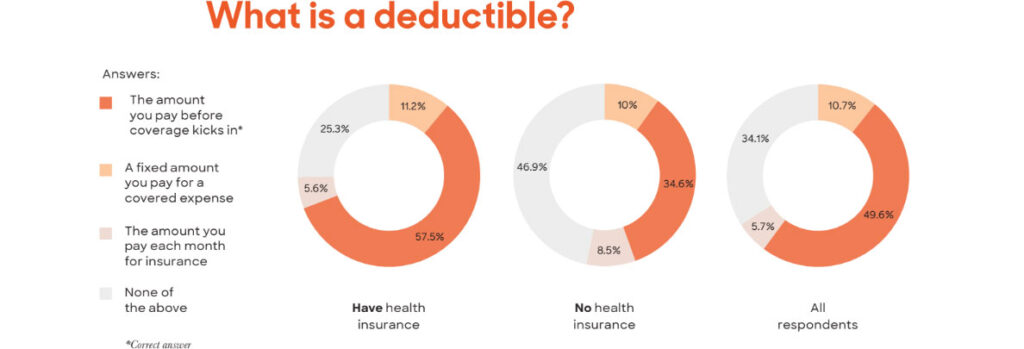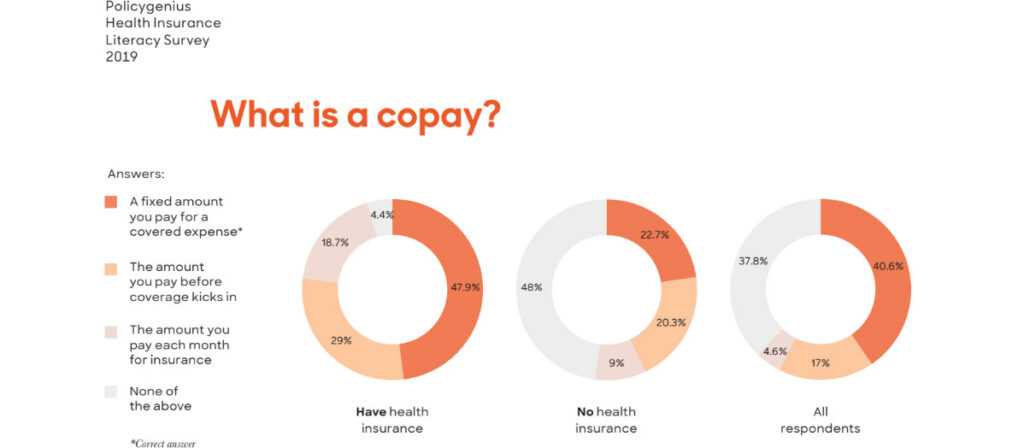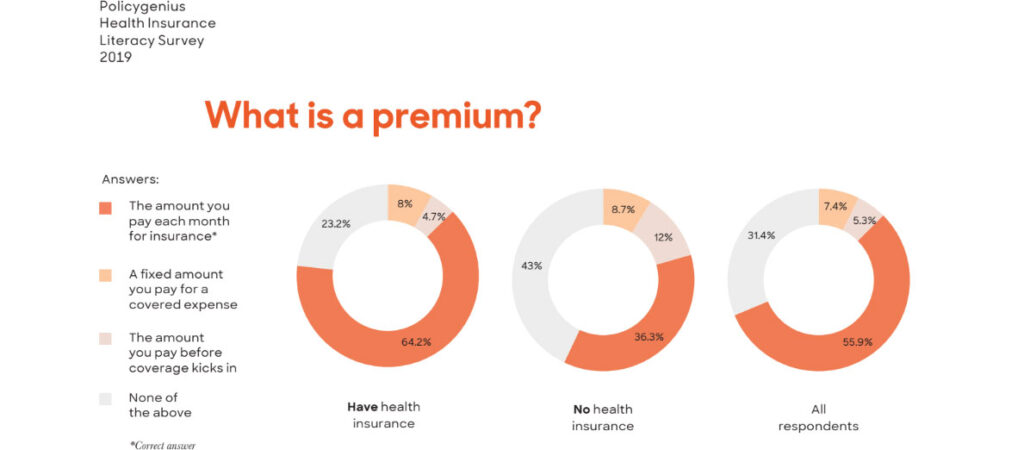Complex Doesn’t Have to Be Complicated
The iPhone® is an engineering marvel. Really, it is orders of magnitude more powerful and complex than the Apollo Guidance Computer. And yet it’s simple enough for even a toddler to use intuitively. The magic is in its simplicity.
Making the complex appear simple is the key for any product whose success depends on widespread adoption. The same should hold true for health insurance. Our products are massively complex—and usually for good reason. It takes a fair amount of granularity and creativity to idealize the mix of coverage and cost demanded by our customers. But the problem is that it’s just too darn complex for the average individual to understand. Most of us in the industry are painfully aware that over one-third of consumers don’t comprehend the most basic coverage terms.



I recently read a fascinating article about Cigna’s efforts to educate consumers on how to better understand their coverage—what it is, how it works, and how to use it. It provided incentives for members who achieved basic health literacy—such as calculating co-insurances and understanding deductibles.
Here’s the thing: Apple® didn’t need a strategy to teach toddlers how its phones worked—it took a complex product and presented it in a way that is simple and intuitive for the consumer. We need to take a similar approach in our industry, based on the obvious. Consumers just want to know what is covered and how much it’s going to cost. Or even better—what it costs here vs. there.
We’re starting down that path by making the rules around those benefits simpler for machines to incorporate—structuring them for comprehension as a start. But that’s only a part of that effort. There’s an entire ecosystem that needs to come together here. Apple didn’t create the iPhone from whole cloth. It worked with folks who make processors, memory, GPS chips, accelerometers to assemble a phone that tells me I haven’t taken enough steps and is easy enough for a toddler to use.
We can put together that ecosystem ourselves eventually, but if we’re going to solve this now, how can each of us play a part, allowing plans themselves to be the assembler? I’d love to hear your thoughts.
About HighRoads:
At Highroads, we believe there is a better way for health plans to bring products to market. We’re passionate about it and our mission is to help you master this critical capability and deliver to your accounts and to your members. Our team has spent decades working at and with health plans – innovating to solve complex challenges. We’ve combined that expertise and know-how to create a powerful solution that will lead to growth and efficiency opportunities for your health plan. Learn more at highroads.com.
